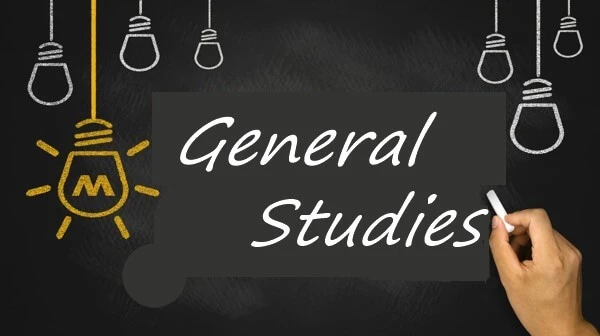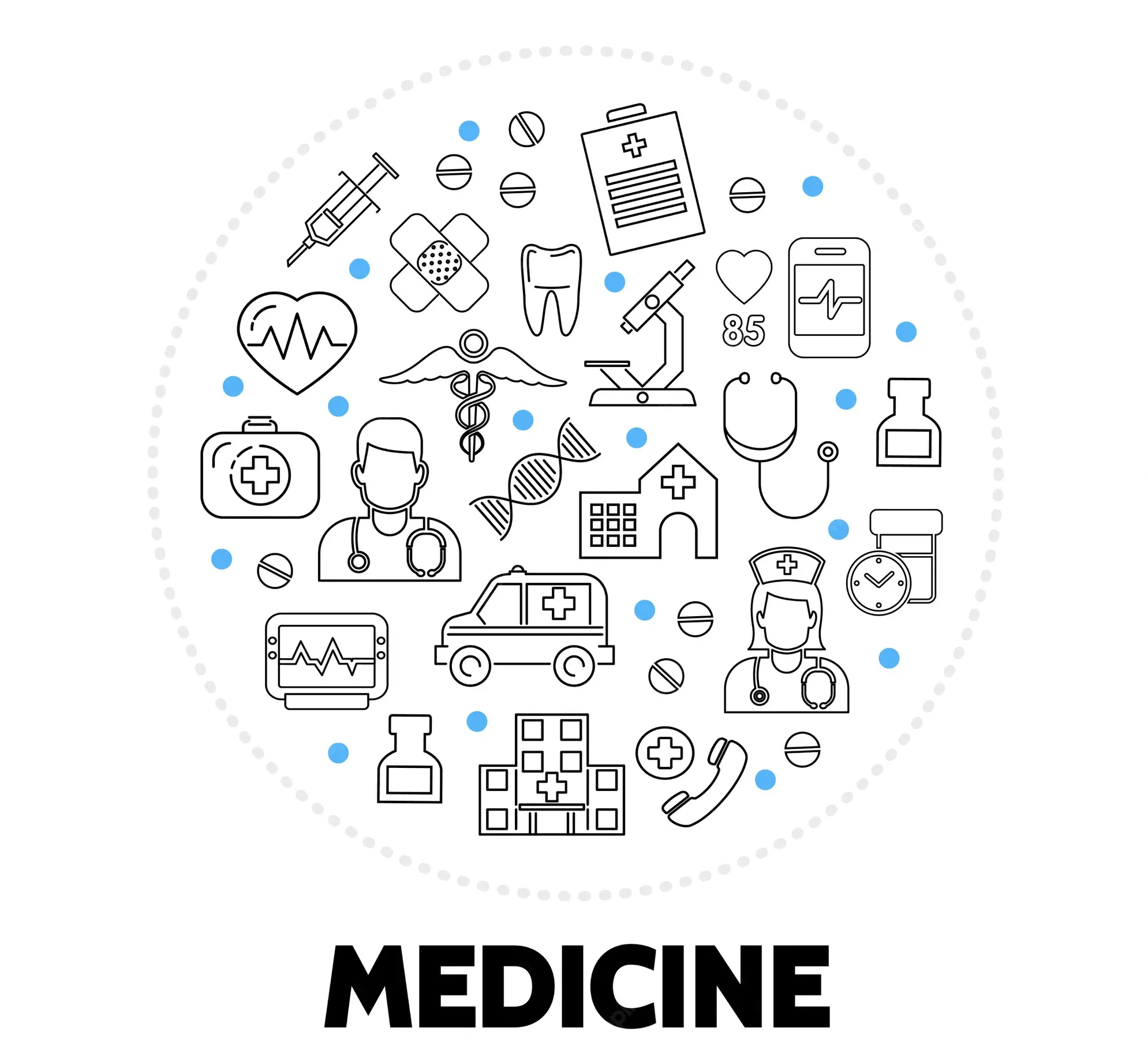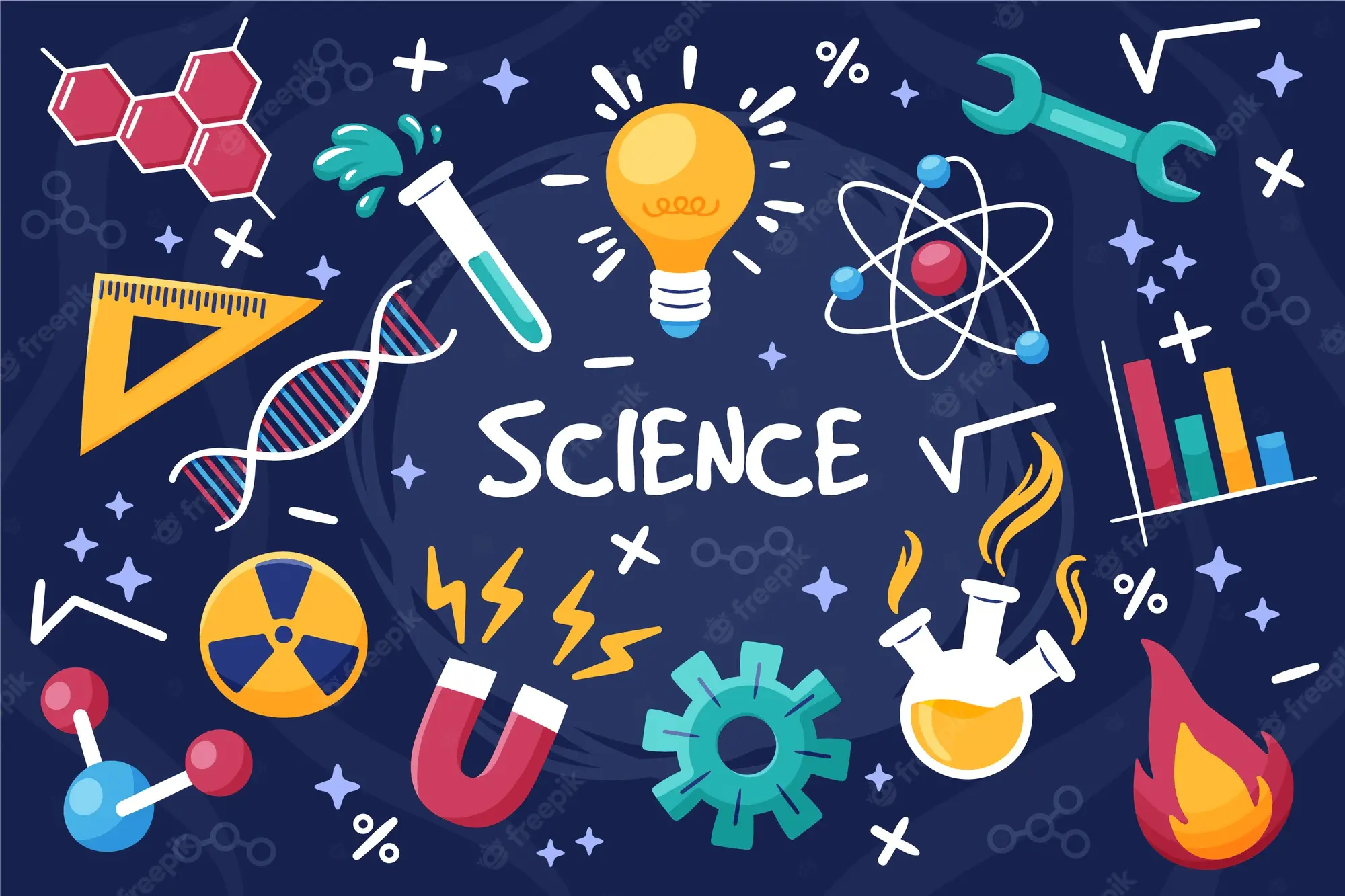Mole Books
Principles of Chemical Engineering Processes Material and Energy Balances
Author: Nayef Ghasem, Redhouane Henda
School: Federal University of Technology, Owerri
Department: Engineering
Course Code: CHE202
Topics: Chemical Engineering Processes, Material Balance, Energy Balance, temperature measurement, temperature conversion, dimensional homogeneity, dimensionless quantities, process flow sheet, process unit, process streams, mass flow rates, volumetric rates, moles, molecular weight, stream composition, mass fraction, mole fraction, concentration, pressure measurement, pressure-sensing devices, process units, degrees of freedom analysis, process flow diagram, multiunit process flow diagram, mass balance, Stoichiometric Equation, Stoichiometric Coefficients, Stoichiometric Ratio, Limiting Reactant, Excess Reactants, Combustion Reactions, Chemical Equilibrium, Multiple-Unit Process Flowcharts, Single-Phase Systems, Multiphase Systems, Ideal Gas Equation of State, liquid density, solid density, gas density, Real Gas Relationships, Compressibility Factor, Virial Equation of State, van der Waals Equation of State, Soave–Redlich–Kwong Equation of State, Kay’s Mixing Rules, phase diagram, Vapor–Liquid Equilibrium Curve, Vapor Pressure Estimation, Clapeyron Equation, Clausius–Clapeyron Equation, Cox Chart, Antoine Equation, Partial Pressure, Dalton’s Law of Partial Pressures, Gibbs’ Phase Rule, Bubble Point, Dew Point, Critical Point, Kinetic Energy, Potential Energy, energy balance, steam turbine, heaters, coolers, compressors, Mechanical Energy Balance, Enthalpy Calculations, Constant Heat Capacity, Psychrometric Chart, Heat of Reaction, Heats of Formation, Heat of Combustion, Heat of Reaction Method, Unsteady-State Material Balance, Unsteady-State Energy Balance
Principles of General Chemistry ,3rd edition
Author: Martin Silberberg
School: University of Nigeria, Nsukka
Department: Science and Technology
Course Code: CHM101, CHM112, CHM122
Topics: matter, chemical reactions, gases, Kinetic Molecular Theory, Thermochemistry, Energy Flow, Chemical Change, Quantum Theory, Atomic Structure, Electron Configuration, Chemical Periodicity, Chemical Bonding, Shapes of Molecules.Covalent Bonding, Intermolecular Forces, Periodic Patterns, solutions, Organic Compounds, carbon, Mechanisms of Chemical Reactions, Acid-Base Equilibria, Ionic Equilibria, Thermodynamics, Entropy, Free Energy, Electrochemistry, Chemical Change, Electrical Work, Transition Element, Nuclear Reactions
Student Solutions Manual to accompany Principles of General Chemistry
Author: Martin Silberberg, Patricia Amateis
School: University of Nigeria, Nsukka
Department: Science and Technology
Course Code: CHM101, CHM112, CHM122
Topics: matter, chemical reactions, gases, Kinetic Molecular Theory, Thermochemistry, Energy Flow, Chemical Change, Quantum Theory, Atomic Structure, Electron Configuration, Chemical Periodicity, Chemical Bonding, Shapes of Molecules.Covalent Bonding, Intermolecular Forces, Periodic Patterns, solutions, Organic Compounds, carbon, Mechanisms of Chemical Reactions, Acid-Base Equilibria, Ionic Equilibria, Thermodynamics, Entropy, Free Energy, Electrochemistry, Chemical Change, Electrical Work, Transition Element, Nuclear Reactions
Model textbook of chemistry for senior secondary schools, 3rd edition
Author: Okoye Ebelechukwu Ifeoma
School: WAEC, JAMB & POST UTME
Department:
Course Code: SSCE, WAEC, JAMB, POST UME
Topics: scientific method, hypothesis, chemical industries, matter, atom, molecule, ion, neutral atom, atomicity, Dalton‘s atomic theory, atomic structure, atomic number, mass number, isotopy, valency, binary compounds, chemical combination, periodic table, electronic configuration, noble gases, Relative atomic mass, Relative molecular mass, chemical bonding, Electrovalent bonding, covalent bonding, Co-ordinate covalent bonding, Metallic bonding, hydrogen bonding, Vander Waal forces, Gas Laws, Boyle‘s law, Charles law, Avogadro's law, Separation Techniques, filtration, decantation, acid, bases, salts, alkali, water, carbon, diamond graphite, Chemical Reactions, Reactants, decomposition reaction, Acid-Base Reaction, Volumetric analysis, reagents, water, air, oxygen, halogen, nitrogen, Sulphur, Oxidation Reduction Reaction, redox reaction, oxidizing agent, reducing agent, ionic theory, Electrovalent Compounds, Covalent Compounds, Electrolysis, Electrochemical cells, organic chemistry, isomerism, alkanols, Quantitative Analysis, Qualitative Analysis, Acid-base titration, Redox titrations, Petroleum, metals, fats, oil, starch, Giant Molecules, sugar, protein, nuclear chemistry, Nuclear Reactions
Chemistry & Chemical Reactivity, 10th edition
Author: John Kotz, Paul Treichel, John Townsend, David Treichel
School: Chukwuemeka Odumegwu Ojukwu University
Department: Science and Technology
Course Code: CHM313
Topics: Chemistry, Chemical Reactivity, atoms, molecules, ions, chemical reactions, Stoichiometry. gases, intermolecular forces, liquids, solid state, chemical reactions, chemical kinetics, acid, base, electron transfer reactions, environmental chemistry, carbon, biochemistry, nuclear chemistry
Chemistry For Dummies ,2nd edition
Author: John Moore
School: Covenant University
Department: Science and Technology
Course Code: CHM221
Topics: Chemistry, Scientific Method, SI Measurement System, chemical calculations, matter, energy, atom, atomic structure, periodic table, chemical reactions, mole concept, solutions, thermochemistry, Enthalpy, heat of reaction, acid, base, quantum theory, ionic bonding, Covalent Bonding, Intermolecular Forces, Condensed States, environmental chemistry, air pollution, water pollution, nuclear chemistry
Cell biology a short course, 3rd edition
Author: Stephen Bolsover, Jeremy Hyams, Elizabeth Shephard, Hugh White
School: Edo University
Department: Medical, Pharmaceutical and Health science
Course Code: PHS201
Topics: Cell biology, cell, tissues, water, macromolecules, membranes, organelles, DNA structure, genetic code, gene expression, recombinant DNA, genetic engineering, manufacturing protein, protein structure, metabolism, ions, voltages, intracellular signaling, intercellular communication, mechanical molecules, cell cycle
Author: Maliki
School: Edo University
Department: Science and Technology
Course Code: CHM111
Topics: atomic theory, atoms, Joseph John Thomson atomic model, cathode ray tube, Plum-pudding model, electromagnetic spectrum, subatomic particles, atomic number, mass number, relative atomic mass, mass spectrometer, mass spectra, isotopes, periodic law, transition element, Ionizations energy, electronegativity, atomic radius, ionic radius, electronic configuration, wave mechanical model, quantum numbers, electronic configuration of elements, Heisenberg uncertainty principle, Pauli's exclusion principle, Hund's rule, Aufbau‟s principle, atomic model hybridization, chemical symbols, chemical formula, molecular formula, structural formula, chemical equations, stoichiometry, mole concept, Avogadro's number, gram formula mass, gas laws, Boyle's law, Charles law, general gas equation, standard temperature and pressure, electrochemistry, cell notation, Standard Electrode Potentials, electrochemical, Daniel cell, cell potential electrolysis, reduction reaction, oxidation reaction, oxidation number, REDOX equation, chemical equilibrium, Lechatelier's Principle, solution chemistry, solubility, Raoult's law, nuclear reaction, radioactivity, Alpha rays, Beta rays, Gamma rays, natural radioactive decay series, thorium series, uranium series, actinium series, neptunium series
Chemistry, 10th Edition Student Solutions Manual
Author: Raymond Chang, Kenneth Goldsby
School: University of Ibadan
Department: Science and Technology
Course Code: CHE127, CHE157, CHE177, CHE257, CHE327, CHE428
Topics: Atom, molecule, ion, chemical reaction, Gas, thermochemistry, quantum theory, chemical bonding, intermolecular forces, chemical kinetics, chemical equilibrium, acid, base, Acid-base equilibria, solubility equilibria, entropy, free energy, equilibrium, electrochemistry, Nuclear chemistry, Metallurgy, Transition metal, organic chemistry, polymer
Author: Raymond Chang, Kenneth Goldsby
School: University of Ibadan
Department: Science and Technology
Course Code: CHE127, CHE157, CHE177, CHE257, CHE327, CHE428
Topics: Atom, molecule, ion, chemical reaction, Gas, thermochemistry, quantum theory, chemical bonding, intermolecular forces, chemical kinetics, chemical equilibrium, acid, base, Acid-base equilibria, solubility equilibria, entropy, free energy, equilibrium, electrochemistry, Nuclear chemistry, Metallurgy, Transition metal, organic chemistry, polymer
Departments

Administration, Social and Management science

Agriculture and Veterinary Medicine

Arts and Humanities

Education

Engineering

General studies

Law

Medical, Pharmaceutical and Health science

Science and Technology